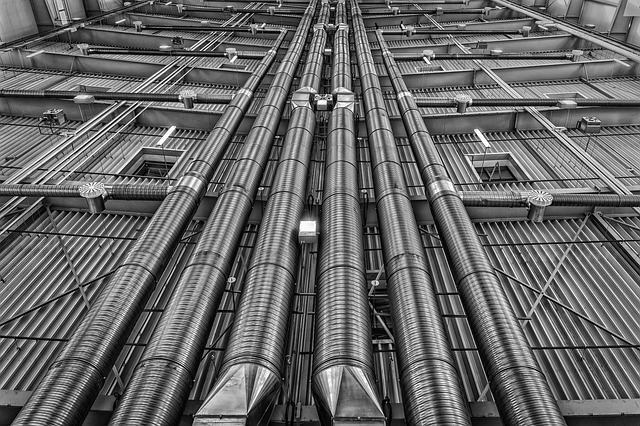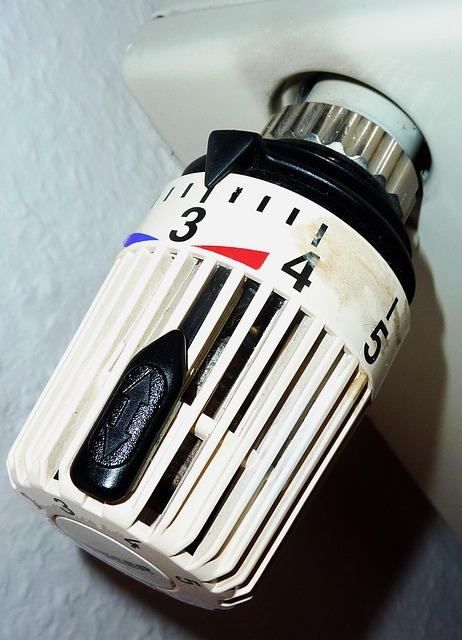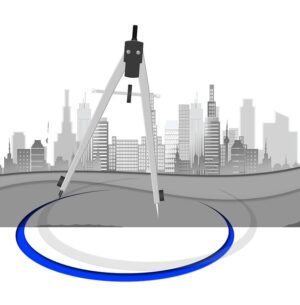Commercial air curtain heaters are energy-efficient, direct heat & air circulation devices that create protective barriers at entry points in warehouses, retail stores, and industrial facilities. Integrated with HVAC systems via knowledge graphs, they optimize door heating, reduce energy costs, and enhance indoor comfort. This smart approach to climate control promises significant advancements, balancing comfort and cost efficiently in commercial settings like warehouse and retail entrances.
“Unveiling the synergy between commercial air curtain heaters (CACHs) and HVAC systems, this article explores the transformative potential of knowledge graphs. ‘Understanding Commercial Air Curtain Heaters’ delves into the unique features and functionalities of CACHs, while ‘The Role of Knowledge Graphs’ illuminates their significance in seamless integration with existing HVAC infrastructure.
We continue with ‘Linking the Two’ to uncover benefits and real-world applications, showcasing how this partnership enhances energy efficiency and system performance.”
- Understanding Commercial Air Curtain Heaters: A Comprehensive Overview
- The Role of Knowledge Graphs in Integrating HVAC Systems
- Linking the Two: Benefits and Applications in Real-World Scenarios
- Future Prospects: Enhancing Efficiency with Advanced Integration Techniques
Understanding Commercial Air Curtain Heaters: A Comprehensive Overview

Commercial air curtain heaters are specialized devices designed to provide targeted and efficient heating at entry points in commercial spaces, such as warehouses, retail stores, and industrial facilities. These innovative systems utilize air curtain technology to create a protective barrier at doors and entrances, preventing cold air from entering and warm air from escaping. This not only enhances energy efficiency but also improves indoor comfort for employees and customers alike.
The heart of these heaters lies in their ability to combine direct heat with air circulation. Heated air curtains are strategically directed towards the entrance, forming a robust industrial air barrier that isolates external conditions. Door heating systems like these offer numerous advantages over traditional HVAC systems, especially in terms of energy-efficient heating. They can significantly reduce energy costs by minimizing heat loss and maintaining optimal indoor temperatures, making them an attractive solution for businesses seeking sustainable and cost-effective climate control.
The Role of Knowledge Graphs in Integrating HVAC Systems

Knowledge graphs play a pivotal role in bridging the gap between diverse systems like HVAC (Heating, Ventilation, and Air Conditioning) and specialized equipment such as commercial air curtain heaters. By representing complex relationships and data in a structured format, these graphs facilitate seamless integration and communication between different components of a building’s climate control system.
In the context of commercial entrance heating or warehouse entrance heating, knowledge graphs can help optimize door heating systems by connecting the specific needs of retail stores and industrial facilities with the right air curtain technology. This integration ensures not only effective entrance climate control but also energy-efficient heating solutions, leveraging data to create intelligent environments that balance comfort and cost-effectiveness.
Linking the Two: Benefits and Applications in Real-World Scenarios

Linking commercial air curtain heaters with HVAC (Heating, Ventilation, and Air Conditioning) systems offers numerous benefits, enhancing both energy efficiency and indoor climate control in various real-world scenarios. By integrating air curtain technology into existing HVAC structures, businesses can significantly improve their entrance climate control, especially in warehouse entrance heating or retail store heating applications.
This strategic pairing allows for precise temperature regulation near commercial doors, acting as industrial air barriers to prevent unwanted drafts. The result is a more comfortable and regulated interior environment while reducing the overall energy consumption associated with traditional door heating systems. The integration of heated air curtains into HVAC designs showcases a game-changing approach to energy-efficient heating, ensuring optimal comfort without compromising sustainability.
Future Prospects: Enhancing Efficiency with Advanced Integration Techniques

As technology advances, the future of commercial heating looks set to become even more efficient and integrated. By utilizing advanced knowledge graphs to link commercial air curtain heaters with HVAC (Heating, Ventilation, and Air Conditioning) systems, we can achieve seamless climate control tailored to specific spaces. This integration promises significant energy savings by enabling precise temperature adjustments in areas like warehouse entrance heating or retail store heating, where traditional methods often lead to excessive energy consumption.
The potential lies in the smart management of heated air curtains and industrial air barriers, ensuring optimal door heating systems without waste. With these techniques, commercial entrance heating can be adapted to various environments, from bustling retail spaces to vast warehouses, enhancing comfort while minimizing operational costs. Air curtain technology, when combined with intelligent control systems, has the game-changing ability to revolutionize entrance climate control, making it a sustainable and efficient solution for businesses across industries.
The integration of a commercial air curtain heater with HVAC systems through knowledge graphs offers significant advantages, enhancing energy efficiency and optimizing indoor environments. By linking these technologies, buildings can achieve better temperature control, improved air quality, and reduced operational costs. As we look to the future, advanced integration techniques will play a pivotal role in revolutionizing HVAC management, making it an indispensable tool for sustainable and smart building practices.






